Crape Murder in Brackenridge Park. The Murder left Crape Myrtle stripped of all her leaves, she was naked, with her crown (top) cut off by city workers known as “Tree Topping.”
The other “modified” trees in the park included Cypress, Ash, Pecan, and Oaks that were left with multiple wounds.
They murdered the trees to spite the birds.
Spite definition: “petty ill will or hatred with the disposition to irritate, annoy, or thwart.”
The trees were over-pruned according to a local arborist, with wounds around the trees left unsealed.
The Ghost appendages of the trees swaying in the wind, faint voices, whispering, how could you do this to us? Crape Murder:
“Texas designated the crape myrtle (Lagerstroemia indica) as the state shrub in 1997.” RESOLVED, That the 75th Legislature of the State of Texas hereby formally recognize the valuable addition of the crape myrtle to our native flora and declare the Crape Myrtle the Official State Shrub of Texas.”
The “habitat modification” or removal of 50 to 60% of vegetation including limbs and branches is meant to prevent birds from nesting.
The Egrets and Herons nested in Crape Myrtles in the park located by the San Antonio River in 2019, those trees were “Topped” in 2020.
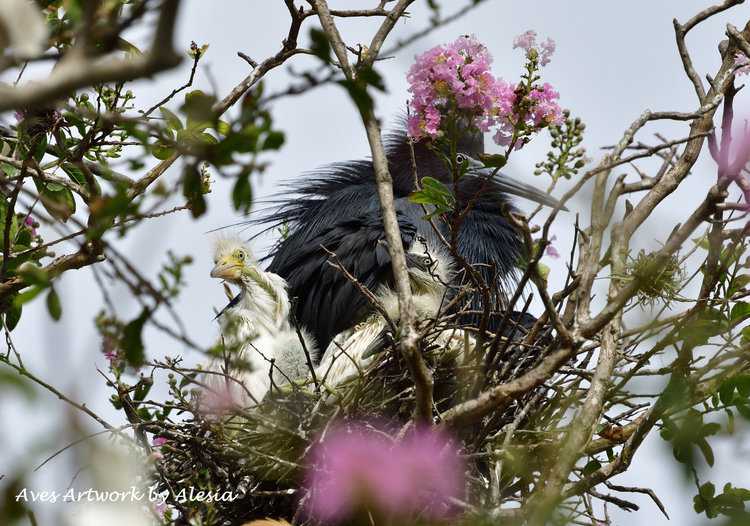
The Waterbirds then moved into other Crape Myrtles in 2021, after disturbance to habitat around the city such as Elmendorf Lake Park, Woodlawn Lake Park and elsewhere. The Crape Myrtle trees would be “modified” in 2022.
Tree topping is the drastic removal, or cutting back, of large branches in mature trees, leaving large, open wounds which can subject the tree to disease and decay.
Topping causes immediate injury to the tree and ultimately results in early failure or death of the tree. Tree topping should never be confused with proper pruning. Careful selective pruning retains the tree’s natural shape and beauty.
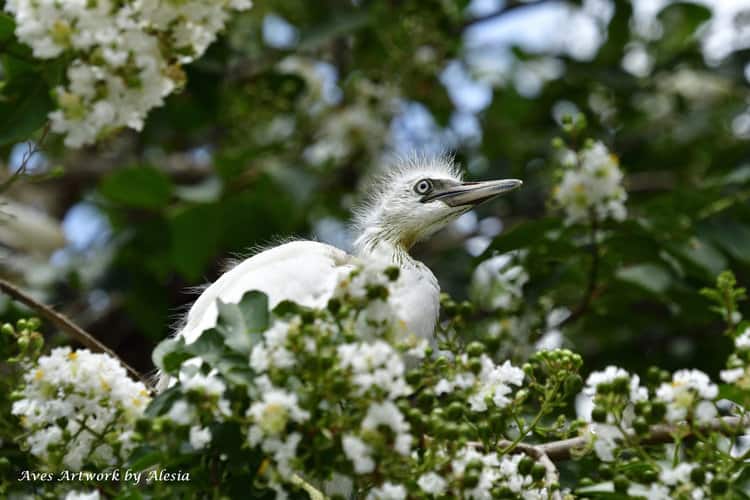
When I think of a park, I think of beautiful trees with leaves, lush green foliage, Crape Myrtles blooming, bees buzzing and wildlife, all the sounds of nature in a quiet green space, specifically Birds!
Much like a family tree, we are all connected – linked together with all other organisms on planet Earth. Called The Tree of Life, a phylogenetic tree shows the evolution of relationships among different organisms. Find out more at National Geographic Society.
Trees are important to the ecosystem for several reasons. Without trees, human life could not exist on Earth. Trees are important for the planet and for all living things. Trees absorb carbon dioxide and release oxygen from their leaves, which humans and other animals need to breathe.
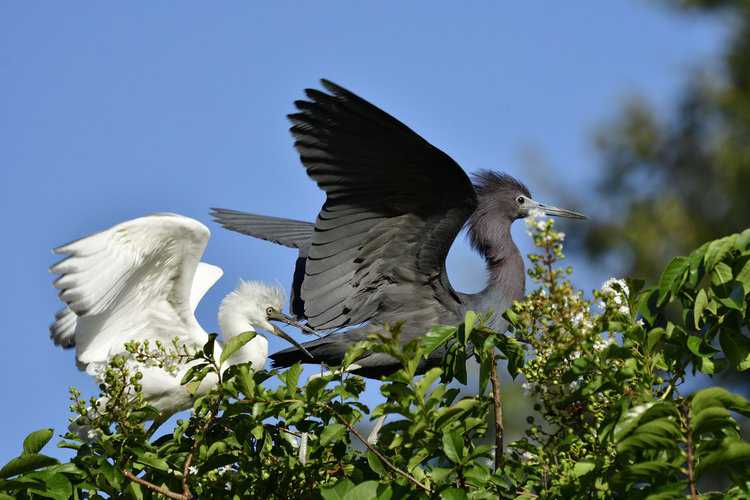
Trees provide shelter and food for a variety of birds and small animals. Trees create an environment and Ecosystem. Flowers, fruits, leaves, buds and woody parts of trees are used by many different species.
We are fighting to save the Heritage Oak trees along an area known as Lambert Beach. The trees are proposed for demolition in 2023. The Oak Trees are a keystone species on the decline.
They hold the largest number of biodiversity according to Douglas Tallamy, the Oak trees draw strength from each other. Like other groves of trees, when oaks are planted in small groups their root systems interlock.
Douglas Tallamy – The Nature of Oaks.
A recent United Nations report into the impact by humans on nature shows that nearly one million species risk becoming extinct within decades, while current efforts to conserve the earth’s resources will likely fail without radical action.
“The ecological effects of a changing climate will have significant consequences for the conservation of migratory waterbirds. As they undertake their annual migrations, these birds use sites in many countries.
Changes to any of these may jeopardize their ability to complete their migration. The implications of climate change on waterbirds needs urgent attention,” according to David Stroud a Senior Ornithologist at the UK Joint Nature Conservation Committee.
Maybe we should plan for a future in a world in climate crisis, and just maybe we will learn before it’s too late how the Murder of Crape Myrtle and other trees will harm us more than it does the wildlife.
What you can do
Support ‘Fighting for Wildlife‘ by donating as little as $1 – It only takes a minute. Thank you.
Fighting for Wildlife supports approved wildlife conservation organizations, which spend at least 80 percent of the money they raise on actual fieldwork, rather than administration and fundraising. When making a donation you can designate for which type of initiative it should be used – wildlife, oceans, forests or climate.
Alesia Garlock
Wildlife / Environmental Advocate! I fight to protect nature. Informing the public of hidden agenda!
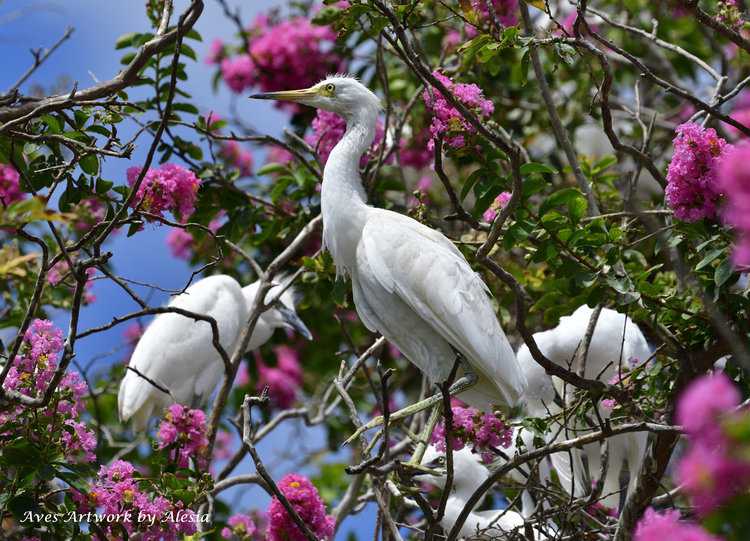
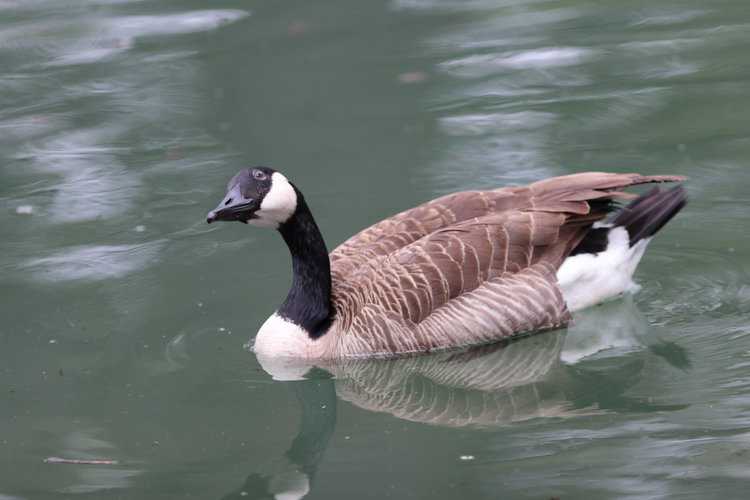
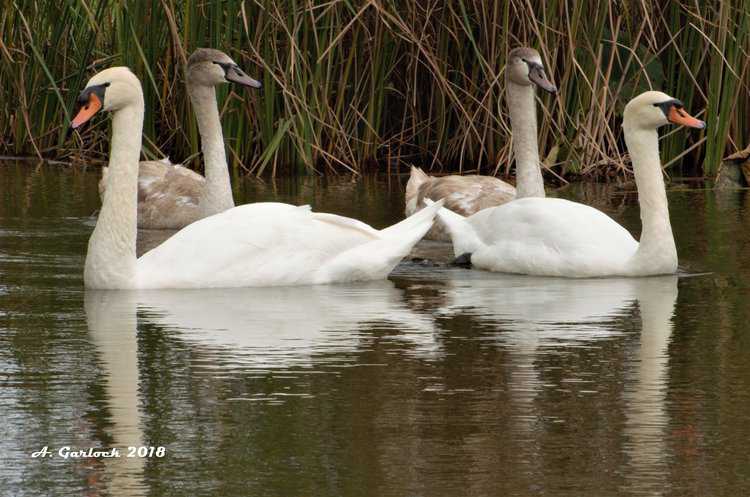


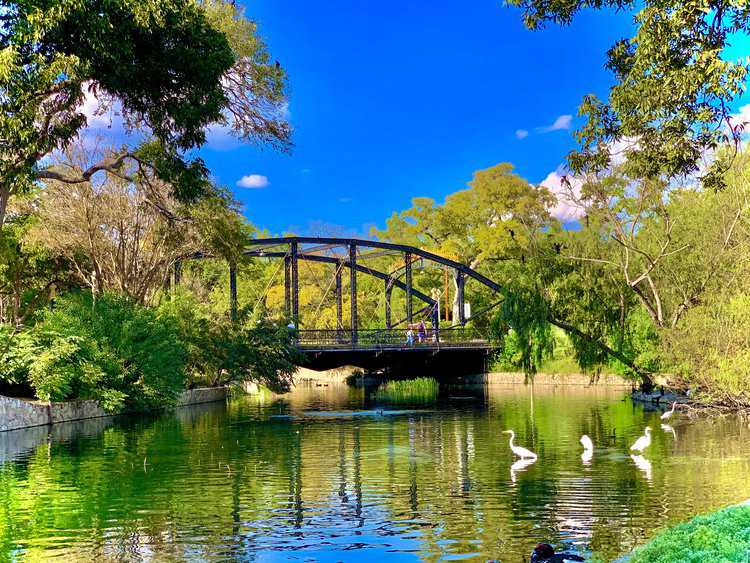
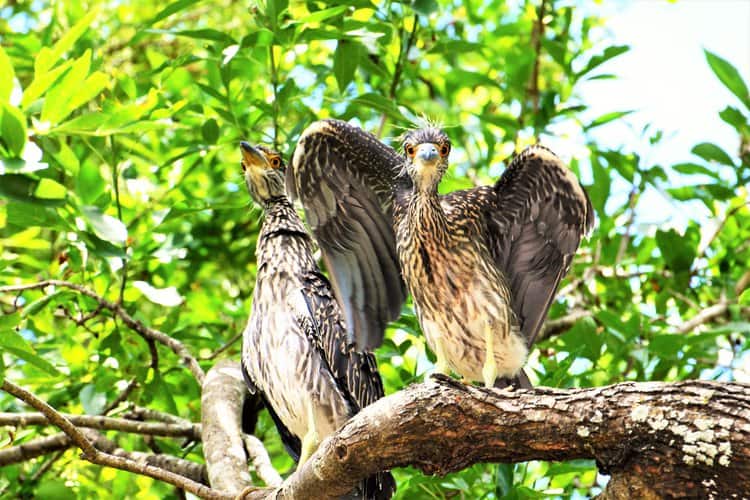
Leave a Reply